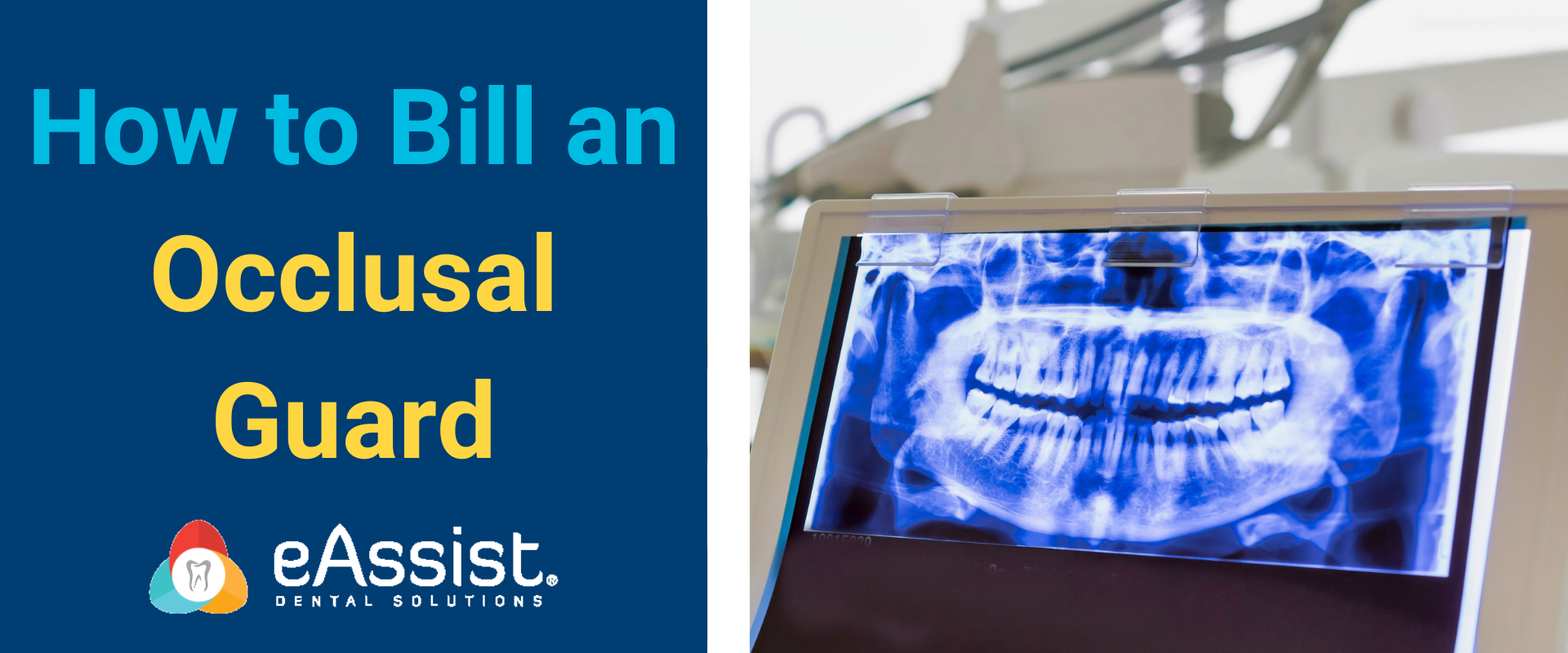Every one of your patients has an individual insurance plan, even if they are part of group insurance. Their plan can vary depending on the type of insurance coverage offered. There are two primary types of dental insurance coverage: primary and secondary. Both types of coverage have their specific benefits and limitations. Understanding primary and secondary dental insurance rules is essential to managing your dental billing and refining the reimbursement process.
What is primary dental insurance coverage?
Primary coverage is the first line of benefits that an individual has. The primary plan pays for the majority of treatment provided to the patient. The patient may be required to pay a co-payment amount or deductible before the insurance company starts to cover the cost of the dental services.
Usually, this type of initial coverage is often offered by an individual’s employer as part of a benefit package. It is designed to cover preventative dental care such as routine cleanings, check-ups, and X-rays. Primary coverage typically has a maximum yearly limit on the number of benefits that can be received.
Primary coverage may also cover more complex dental procedures such as fillings, crowns, and root canals. However, the level of coverage for these procedures will vary depending on the specific insurance plan. Some primary plans only cover a portion of the cost of these services, leaving the patient to pay the remainder out of pocket. Are you taking advantage of a system that doesn’t take chances with patient coverage limits?
What is secondary dental insurance coverage?
Secondary insurance coverage is designed to provide additional benefits for any treatments that are not covered by the primary dental insurance plan. This type of insurance is typically used when a patient has treatment that exceeds the maximum coverage limit of their primary insurance plan.
It’s important to note that secondary coverage is not intended to replace primary dental insurance coverage. It is meant to supplement the primary plan by covering the remaining costs of services that are not covered by the primary insurance plan.
Remember that not all insurance plans allow for secondary coverage. In order to have secondary dental insurance, an individual must have a primary dental insurance plan that allows for secondary coverage. Do you know which of your patients fall into this category?
For example, if an individual has a primary dental insurance plan that has a maximum coverage limit of $1,500 per year and requires a co-payment or deductible for dental services, they may choose to enroll in a secondary dental insurance plan that covers the remaining costs of any dental services they receive. This is helpful when it comes to treatment acceptance and should be noted by staff when patients ask, “What else can I do?” It pays to know both primary and secondary dental insurance rules.
The secondary dental insurance plan may cover the remaining costs up to a certain amount, depending on the plan. Let’s break down a simplified version of this for reference:
- Patient has primary dental insurance with a $1,500 coverage limit per year
- Patient’s primary insurance pays 50% of a $1,500 root canal, or $750
- Patient owes the remaining $750
- Patient’s secondary insurance kicks in and covers up to $750 for root canals
- Patient’s secondary insurance pays the remaining $750, so the treatment is fully covered by both insurance
This type of scenario can be especially helpful when it comes to walking patients through the coverage process. Without knowing what they’re covered for, patients are much less likely to accept treatment as well as be prepared to pay a copay.
Primary and secondary dental insurance rules
Primary and secondary coverage each have their own general rules and regulations. Here are some of the biggest differences:
- Coverage limits
Primary dental insurance plans typically have a maximum coverage limit per year. Once this limit is reached, the patient will be responsible for paying any additional costs. Secondary dental insurance plans may also have a coverage limit, but they are designed to cover the remaining costs that exceed the coverage limit of the primary dental insurance plan. - Covered services
Primary dental insurance plans typically cover preventative dental care such as routine cleanings, check-ups, and X-rays. They may also cover more complex procedures such as fillings, crowns, and root canals, but the level of coverage for these services will vary depending on the insurance plan. Secondary dental insurance plans are designed to cover the remaining costs of dental services that are not covered by the primary dental insurance plan. - Co-payments and deductibles
Primary dental insurance plans often require the patient to pay a co-payment or deductible before the insurance company starts to cover the cost of the services. Secondary dental insurance plans may also require a co-payment or deductible, but this will depend on the specific plan. - Premiums
Primary dental insurance plans are typically paid for by the employer or the individual, depending on the type of plan. Secondary dental insurance plans are usually paid for by the individual and may have a separate premium cost. - Coordination of benefits
When an individual has both primary and secondary dental insurance coverage, coordination of benefits becomes important. This means that the insurance companies must determine how much each plan will cover for a specific dental service. The primary insurance plan will usually pay first, and then the secondary insurance plan will cover the remaining costs, up to the coverage limit of the plan. - Network of providers
Primary dental insurance plans may have a network of providers that the patient must use to receive treatment coverage. Secondary dental insurance plans may have their own network of providers, or they may allow the patient to use any licensed dentist.
Get rid of the unknowns in dental insurance verification
eAssist Dental Solutions provides a simple answer to the complex questions that come with service coverage: insurance verification on autopilot. Why worry about whether someone has exceeded their annual maximum when you can be sure that you and your patients are set up for success? Accountability and communication are what have made eAssist a trusted partner in dental billing and more. Schedule a consultation below and let us know where you want your practice to grow from here.









Brandy Davis
Your comment is awaiting moderation.
christian cor
If a patient has primary insurance of her own and secondary insurance through husband which fee schedule should you follow? we are in network with both?? Office policy is we only file primary insurance??
Jeana Fellows
Your comment is awaiting moderation.
Jeff D
which insurance is prime if
Parents are divorced and Mother has custody and a PPO plan and father has a pediatric plan?
Which insurance is prime if a patient has his own insurance and parent has a pediatric plan?
Mary Baber
Is there a gap dental insurance that will pay what is left after first insurance pays